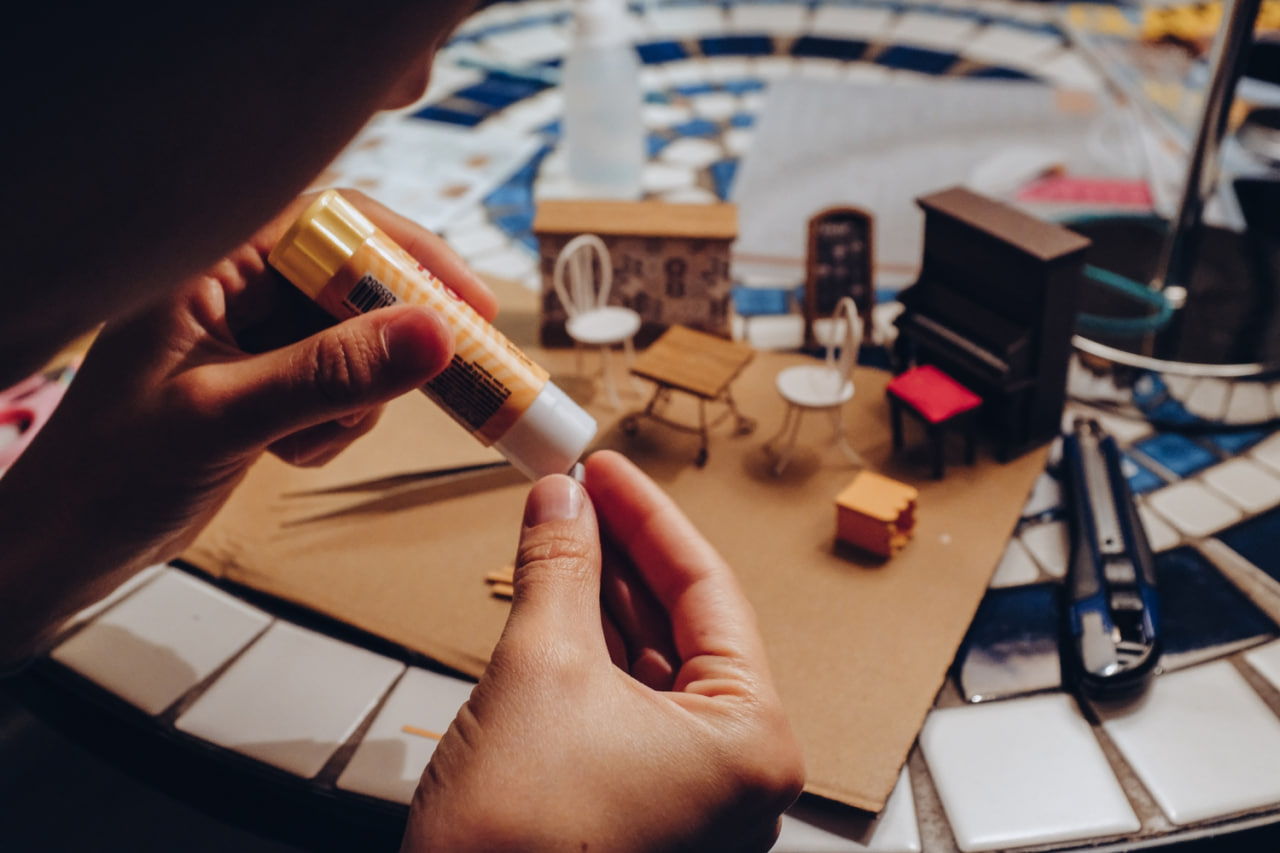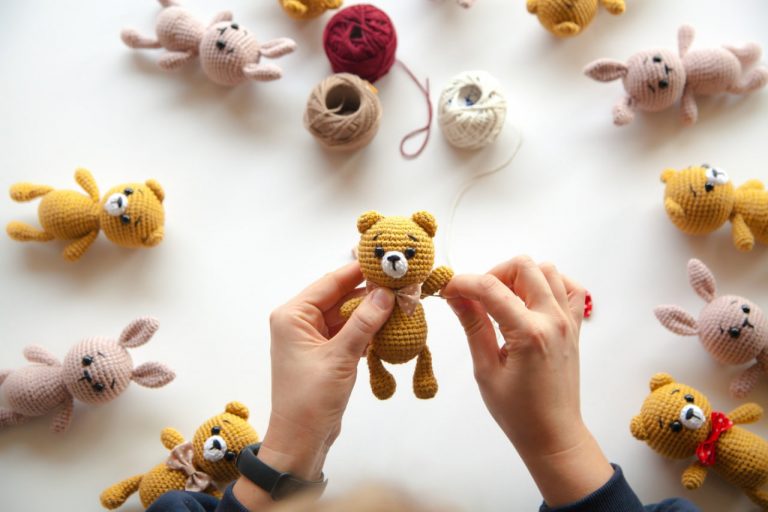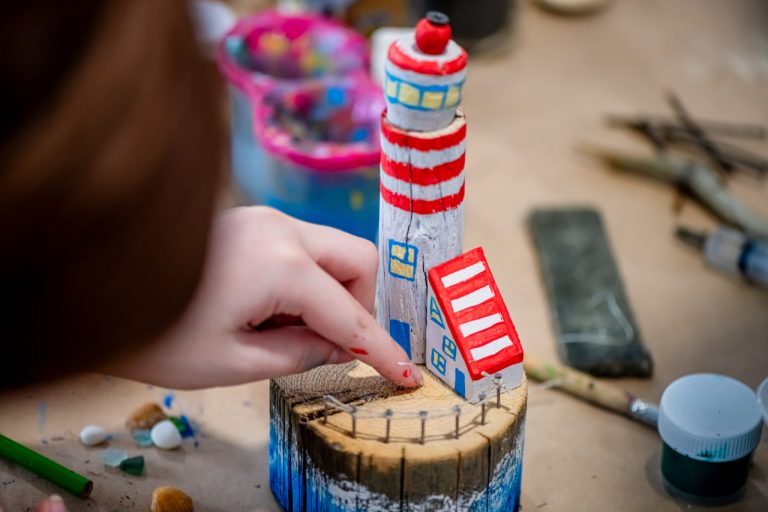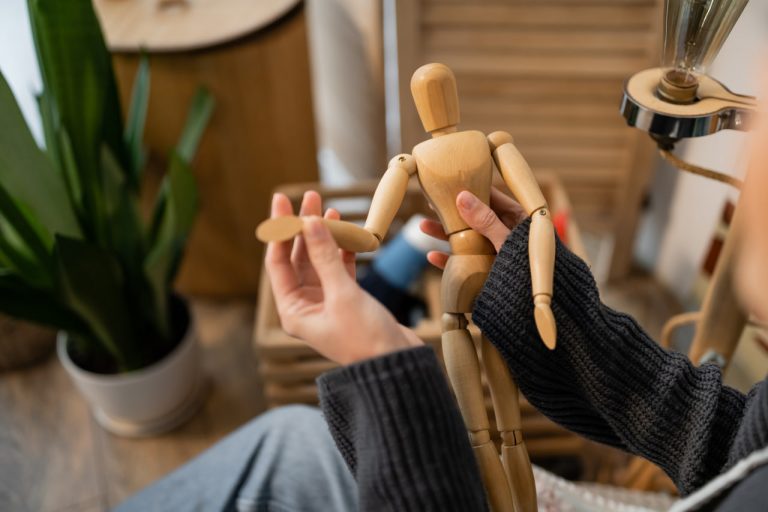5 Beginner Mistakes in Handmade Toy Making (and How to Avoid Them)
Making handmade toys is a deeply rewarding creative activity that combines imagination, craftsmanship, and personal expression. Whether you’re making toys for children, for gifts, or to sell, it’s essential to build a solid foundation in both design and execution. However, many beginners jump in enthusiastically and end up making mistakes that can affect both the quality and safety of their creations.
This article outlines five common mistakes that many new toy makers face—and offers practical advice on how to avoid them.
Choosing the Wrong Materials
Selecting inappropriate or low-quality materials is one of the most frequent and costly mistakes for new toy makers. Whether it’s scratchy fabric, brittle wood, or unsafe stuffing, the wrong choice can compromise the durability, appearance, or safety of the final toy.
Beginners often choose materials based only on looks or price without considering texture, washability, strength, or child safety. Some fabrics might shed fibers, dyes may bleed, and fillers could pose choking hazards if not secured properly.
To avoid this, always choose materials that are soft, non-toxic, and durable. Look for safety certifications where relevant—especially if the toy is intended for children. When in doubt, consult suppliers or experienced makers. Natural cotton, wool felt, and food-grade silicone parts are popular choices for good reason.
Skipping the Pattern Drafting Stage
It’s tempting to dive right in and start cutting fabric or carving shapes, especially when creativity strikes. But skipping the pattern-making or prototyping phase almost always leads to frustration. Without a clear plan, parts may not align correctly, proportions may look off, and the toy may lose balance or function.
Creating even a basic pattern helps clarify size, symmetry, and construction logic. Beginners often underestimate how much planning goes into a seemingly simple plush toy or wooden figure.
Always sketch your toy design and create a paper or cardboard prototype before working with your final materials. This allows you to test joint placement, movement, seam allowances, and other details that are hard to fix later.
Underestimating the Importance of Safety
One of the most serious mistakes new toy makers make is overlooking safety guidelines—especially when making toys for young children. Small buttons, exposed seams, loose parts, sharp edges, or non-secure stuffing can all pose real hazards.
Safety is not just about following rules—it’s about protecting the people who will play with your creations. That includes durability, non-toxic finishes, and secure closures.
Use reinforced stitching, avoid small detachable parts for young children, and double-check that everything is securely fastened. Research safety standards in your region (such as EN71 in Europe or ASTM F963 in the U.S.) if you plan to sell your toys.
Rushing the Finishing Process
Finishing touches—such as stuffing, closing seams, sanding wood, or adding final details—are what make a handmade toy look professional. Yet many beginners rush through this step because they are eager to see the final result.
This can lead to uneven seams, lumpy stuffing, poorly painted details, or unfinished edges that diminish the overall quality of the toy.
Take your time during finishing. Use small amounts of stuffing at a time to ensure even distribution. Press seams where necessary. Let paint dry fully between coats. Hand-stitch closures carefully. These small details make a big difference in the final result and are worth the patience they require.
Not Documenting the Process
A common oversight among beginners is not keeping track of their designs, techniques, or lessons learned. Once the toy is finished, they may forget how they made it—making it harder to recreate, improve, or teach others.
By not documenting their process, beginners miss the chance to learn from their own progress and build a personal design library.
Always take notes as you go. Record measurements, materials used, steps followed, and even mistakes made. Take photos of your process and final pieces. Over time, this habit will help you improve faster, develop your own signature style, and create reproducible designs for gifting or selling.




